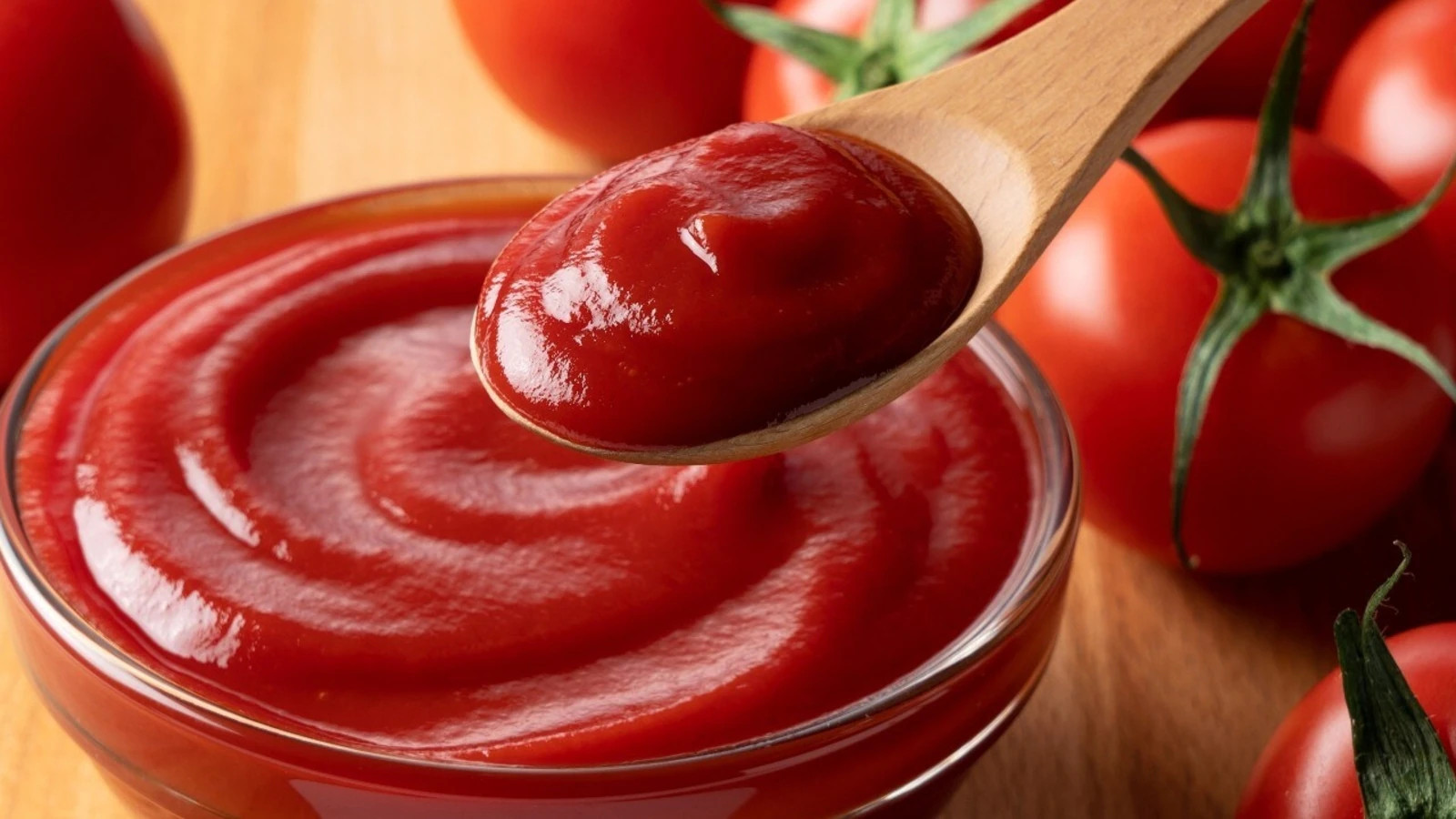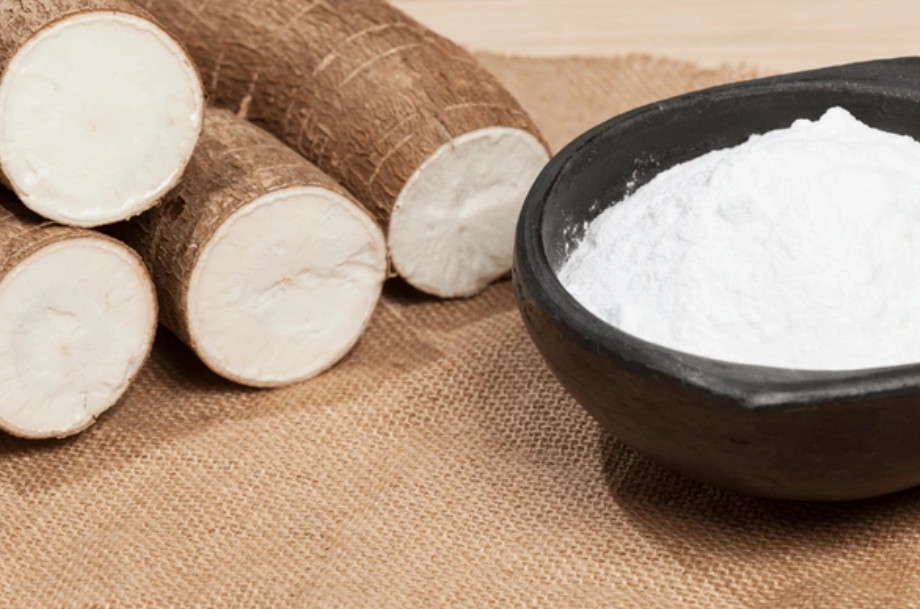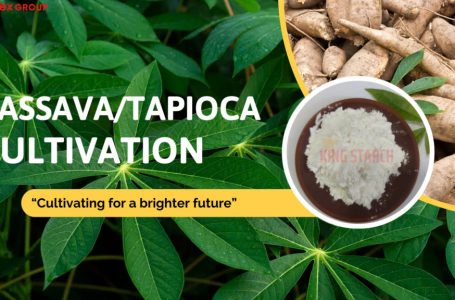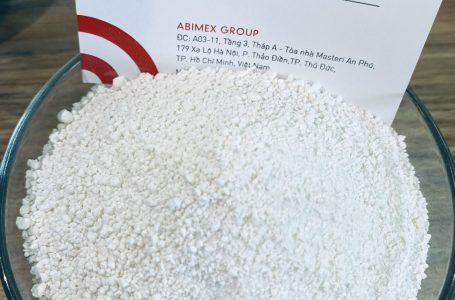
When it comes to producing the perfect ketchup, choosing the right thickening agent is crucial. Modified tapioca starch has emerged as a strong contender over corn starch for various reasons. Here are ten compelling reasons why modified tapioca starch might be a better choice than corn starch in ketchup production.

1. Enhanced Texture
Modified tapioca starch provides a smoother, more consistent texture in ketchup. Its unique properties ensure that the end product is velvety and free from unwanted clumps, which is essential for consumer satisfaction. In comparison, corn starch can sometimes lead to a grainy texture, detracting from the overall quality of the ketchup. The enhanced texture not only improves mouthfeel but also contributes to a more visually appealing product.
2. Superior Heat Stability
One of the significant advantages of modified tapioca starch is its ability to withstand higher cooking temperatures. Ketchup production involves heating processes, and modified tapioca starch maintains its stability without breaking down. This results in a consistent product that retains its desired viscosity, unlike corn starch, which can degrade under high heat. This stability ensures that the ketchup maintains its consistency from the manufacturing process to the consumer’s table.
3. Improved Shelf Life
Ketchup made with modified tapioca starch tends to have a longer shelf life. This starch helps maintain the ketchup’s consistency and prevents separation over time. Corn starch, on the other hand, may not offer the same level of stability, leading to a product that can separate and spoil more quickly. The extended shelf life not only benefits consumers by providing a longer-lasting product but also reduces waste and increases efficiency in the supply chain.
4. Neutral Flavor
A crucial factor in ketchup production is preserving the natural taste of the tomatoes and other ingredients. Modified tapioca starch has a neutral flavor, ensuring that it doesn’t alter the original taste profile of the ketchup. In contrast, corn starch can sometimes impart a slight taste, which may not be desirable in a finely-tuned recipe. Maintaining the authentic flavor of the ketchup is essential for brand loyalty and customer satisfaction.
5. Allergen-Free
Modified tapioca starch is gluten-free and hypoallergenic, making it a safer option for a broader range of consumers. With increasing awareness and diagnosis of food allergies and intolerances, having an allergen-free product can significantly boost a brand’s appeal. Corn starch, while generally safe, can sometimes be cross-contaminated with gluten, posing a risk for those with celiac disease or gluten sensitivity. An allergen-free product can also be marketed to health-conscious consumers looking for cleaner, simpler ingredient lists.
6. Better Viscosity Control
The ability to control the thickness of ketchup is vital for producers. Modified tapioca starch provides better viscosity control compared to corn starch, allowing manufacturers to achieve the perfect consistency. This control is crucial for ensuring that the ketchup pours easily yet remains thick enough to cling to food. Consistent viscosity is key to meeting consumer expectations and maintaining product quality across different batches.
7. Cost-Effectiveness
From a production standpoint, modified tapioca starch can be more cost-effective than corn starch. Although the initial cost might be higher, the benefits it provides in terms of stability, texture, and shelf life can result in long-term savings. Less wastage and fewer quality control issues translate to reduced overall production costs. Moreover, the improved efficiency in production processes can lead to higher profit margins for manufacturers.
8. Versatility in Application
Modified tapioca starch is incredibly versatile and easy to integrate into various ketchup recipes and production processes. Its adaptability makes it a preferred choice for manufacturers looking to innovate and improve their products. Corn starch, while versatile, doesn’t offer the same level of ease and flexibility in application. This versatility allows producers to experiment with different formulations and create unique product variations.
9. Environmental Impact
The production of modified tapioca starch is often more sustainable than that of corn starch. Tapioca, derived from the cassava plant, typically requires fewer resources to grow and harvest. This lower environmental footprint makes it an attractive option for environmentally-conscious companies looking to reduce their carbon footprint. Choosing sustainable ingredients can also enhance a brand’s image and appeal to eco-conscious consumers.
10. Consumer Preferences
Finally, consumer preferences play a significant role in the choice of ingredients. Studies and surveys have shown that consumers often prefer the taste and texture of ketchup made with modified tapioca starch. The smoothness and stability it offers align well with consumer expectations for high-quality ketchup. Meeting consumer preferences is crucial for building brand loyalty and driving repeat purchases.
Conclusion
In conclusion, modified tapioca starch offers numerous advantages that may make it a better choice over corn starch in the production
of ketchup. From enhanced texture and superior heat stability to better viscosity control and environmental sustainability, it is clear
why this ingredient is becoming a preferred choice for many manufacturers. By opting for modified tapioca starch, producers can
create a higher quality, more stable, and consumer-friendly ketchup that stands out in the market. The benefits not only improve the
end product but also contribute to more efficient and sustainable production processes.







